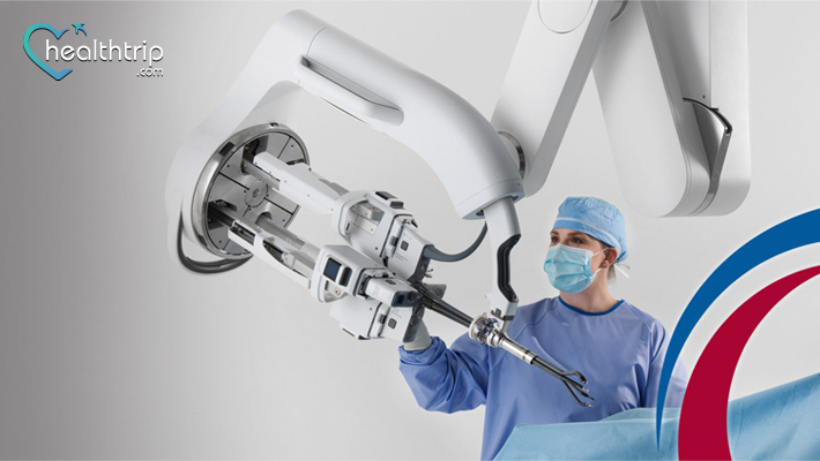
Robot-assisted Surgery: Types, Procedure & Cost
31 Mar, 2023
 Healthtrip
HealthtripRobot-assisted surgery is a type of minimally invasive surgery that utilizes advanced robotics technology to perform surgical procedures. This surgical technique has gained significant popularity in recent years due to its numerous benefits such as reduced pain, less blood loss, smaller incisions, shorter hospital stays, and quicker recovery times. In this article, we will explore the different types of robot-assisted surgeries, the procedures involved, and the cost associated with this advanced surgical technique.
Types of Robot-Assisted Surgery
1. Robotic-assisted prostatectomy
Robotic-assisted prostatectomy is a minimally invasive surgery that is used to treat prostate cancer. This surgery involves the removal of the prostate gland and surrounding tissues using robotic arms that are controlled by a surgeon.
Transform Your Beauty, Boost Your Confidence
Find the right cosmetic procedure for your needs.

We specialize in a wide range of cosmetic procedures

2. Robotic-assisted hysterectomy
Robotic-assisted hysterectomy is a minimally invasive surgery that is used to remove the uterus and surrounding tissues. This surgery involves the use of robotic arms that are controlled by a surgeon to make small incisions and remove the uterus and surrounding tissues.
3. Robotic-assisted heart surgery
Robotic-assisted heart surgery is a minimally invasive surgery that is used to treat heart conditions such as mitral valve disease. This surgery involves the use of robotic arms that are controlled by a surgeon to repair or replace the mitral valve without the need for large incisions.
4. Robotic-assisted gastric bypass surgery
Robotic-assisted gastric bypass surgery is a minimally invasive surgery that is used to treat obesity. This surgery involves the use of robotic arms that are controlled by a surgeon to create a small stomach pouch and bypass a portion of the small intestine, which helps in reducing the amount of food that can be consumed.
Procedure of Robot-Assisted Surgery
Robot-assisted surgery involves a team of healthcare professionals, including a surgeon, an anesthesiologist, and a surgical nurse. The procedure involves the following steps:
- Preoperative evaluation: The patient is evaluated by the surgical team to determine if they are a suitable candidate for robot-assisted surgery.
- Anesthesia: The patient is administered general anesthesia to ensure that they are unconscious and do not feel any pain during the surgery.
- Trocar placement: The surgeon makes small incisions in the patient's skin and inserts trocars, which are long, thin tubes that are used to access the surgical site.
- Robotic arm placement: The robotic arms are inserted through the trocars and positioned near the surgical site.
- Surgery: The surgeon uses a console to control the robotic arms and perform the surgery. The surgeon views the surgical site through a high-definition monitor and controls the robotic arms with the help of foot pedals and hand controllers.
- Closure: Once the surgery is completed, the surgeon removes the robotic arms, and the trocars are removed from the patient's skin. The incisions are then closed using sutures or staples.
Cost of Robot-Assisted Surgery
Robot-assisted surgery can be more expensive than traditional surgery due to the use of advanced robotics technology. The cost of the surgery may depend on various factors such as the type of surgery, the surgeon's experience, the hospital's location, and the patient's insurance coverage. However, despite the higher initial cost, robot-assisted surgery may result in cost savings due to reduced hospital stays, quicker recovery times, and fewer complications.
Robotic surgery costs in India are influenced by a range of factors:
Most popular procedures in
Laparoscopic Cystect
Upto 80% off
90% Rated
Satisfactory
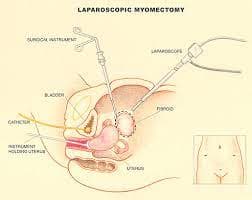
Laparoscopic Myomect
Upto 80% off
90% Rated
Satisfactory
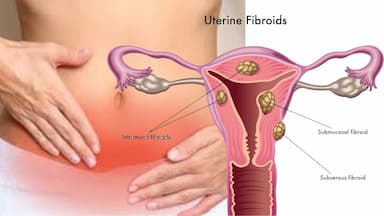
LAVH
Upto 80% off
90% Rated
Satisfactory
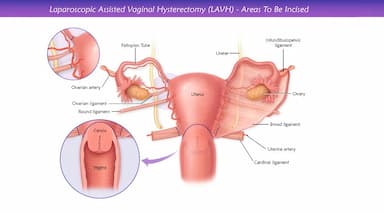
NOTE
Upto 80% off
90% Rated
Satisfactory
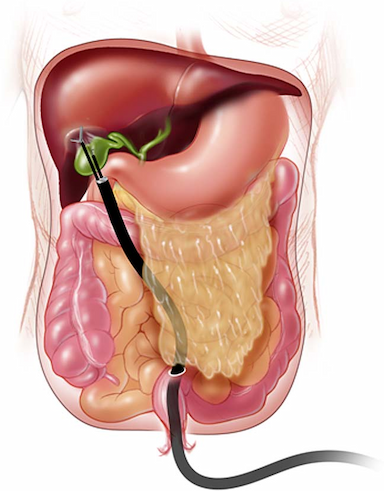
CABG
Upto 80% off
90% Rated
Satisfactory
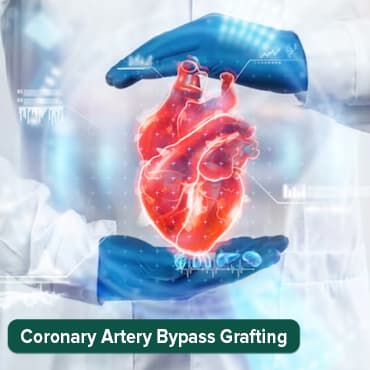
- including hospital charges
- doctor's fees
- patient age
- type of surgery
- medical condition
- complications following surgery
- clinical test expenses.
The magnitude of these factors varies depending on the particular case, with some being more significant than others.
In India, the success rate of robotic surgery is exceptionally high, ranging from 94% to 100% according to NCBI data. Compared to traditional surgical methods, robotic surgery is associated with fewer complications, shorter operation times, and significantly less blood loss, resulting in even higher success rates.
Overall, the use of robotic surgery in India offers several advantages, including improved patient outcomes, reduced postoperative complications, and shorter hospital stays. Despite the higher upfront costs of robotic surgery, it can ultimately be a cost-effective option due to its lower complication rates and shorter hospital stays.
Conclusion
Robot-assisted surgery is a safe and effective surgical technique that offers numerous benefits to patients. This advanced surgical technique has revolutionized the way surgeries are performed and has become increasingly popular in recent years. The different types of robot-assisted surgeries, the procedures involved, and the cost associated with this technique have been discussed in detail in the article. If you are considering robot-assisted surgery for your medical condition, it is essential to discuss the benefits and risks with your healthcare provider to determine if it is the best option for you.
FAQs
Q. Is robot-assisted surgery safe?
A. Yes, robot-assisted surgery is safe and has a low risk of complications.
Q. How long does it take to recover from robot-assisted surgery?
A. Recovery times may vary depending on the type of surgery performed, but patients typically have a shorter hospital stay and quicker recovery times compared to traditional surgery.
Q. How much does robot-assisted surgery cost?
A. The cost of robot-assisted surgery may depend on various factors such as the type of surgery, the surgeon's experience, the hospital's location, and the patient's insurance coverage.
Q. Can robot-assisted surgery be used for all types of surgeries?
A. No, robot-assisted surgery is typically used for specific types of surgeries, such as prostatectomy, hysterectomy, heart surgery, and gastric bypass surgery.
Q. What are the benefits of robot-assisted surgery?
A. The benefits of robot-assisted surgery include reduced pain, less blood loss, smaller incisions, shorter hospital stays, and quicker recovery times compared to traditional surgery.
Wellness Treatment
Give yourself the time to relax
Lowest Prices Guaranteed!

Lowest Prices Guaranteed!



